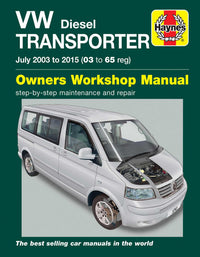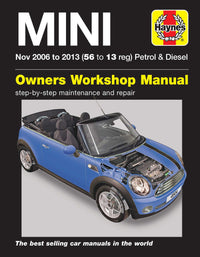How a car’s coolant pump works
Your car’s coolant pump is a critical component as it prevents the engine from overheating. It pushes a mixture of coolant and anti-freeze via hoses through channels in the engine block and then on to the radiator, where the water is cooled by movement of air over the radiator’s fins.
As a car’s spark plugs ignite the fuel in each cylinder, a huge amount of heat is produced, so it’s the job of the cooling system, working in conjunction with the thermostat, to keep these temperatures under control.
To ensure that the engine runs at a stable, optimum temperature, the coolant/antifreeze mixture needs to be constantly propelled through the system, a process that’s dependent on the coolant pump working effectively.
Most coolant pumps are simple devices: a centrifugal pump with an impeller, contained in a metal housing. The pump is usually driven by the car’s auxiliary belt, and as the impeller turns, it forces the coolant/antifreeze out of the pump and pushes it through the engine’s cooling system. As water is forced out of the pump, more is drawn in – so the process runs continually while the engine is switched on.
You may hear these devices being called ‘water pumps’ but this is incorrect, as the car’s cooling system should be filled with the correct mixture of coolant and antifreeze.
Every car is different, so before you view the full instructions, find yours…
When to change your coolant pump
The interval for changing a coolant pump will depend on your car, but many manufacturers specify replacing water pumps at set intervals, to reduce the risk of failure. A coolant pump should last for 60,000 to 90,000 miles, but some manufacturers recommend changing the water pump when the timing belt is replaced.
A grinding noise coming from the water pump is a tell-tale sign that the bearings are worn and the pump will need replacing.
Similarly, if you notice vibration coming from the pump, an impeller (fan blade) may have broken – a problem that can rapidly lead the pump to fail. If you suspect that your coolant pump isn’t working properly or is leaking, it should be inspected immediately, even if it is not scheduled for replacement.
Why you should change your coolant pump
If the coolant pump isn’t working properly or it has failed, the engine can quickly overheat and the car will break down. Coolant pump failure can result in costly damage to the engine, and in severe cases the damage can be catastrophic, resulting in total engine failure.
So it’s worth checking that the pump is functioning properly and free from leaks. Any leaks in the coolant system should be addressed urgently, but a drip from the pump area is an indicator of trouble. If you haven’t noticed a leak but see a sudden rise in the temperature gauge on the dashboard, pull over and stop the car immediately.
Before you begin
Tools you will need
- Sockets and spanner
- Torque wrench
- Drain tray (for coolant)
Parts you will need
Water pump and gasket. Always buy the best quality pump for your vehicle that you can afford, as failure of a poor-quality pump can result in engine damage.
How much does a coolant pump cost to change?
Coolant pump
£35-£120
Pump gasket
£5
Coolant
£10-30
Auxiliary drivebelt (if required)
£10-50
Garage fee savings
Up to £400


























